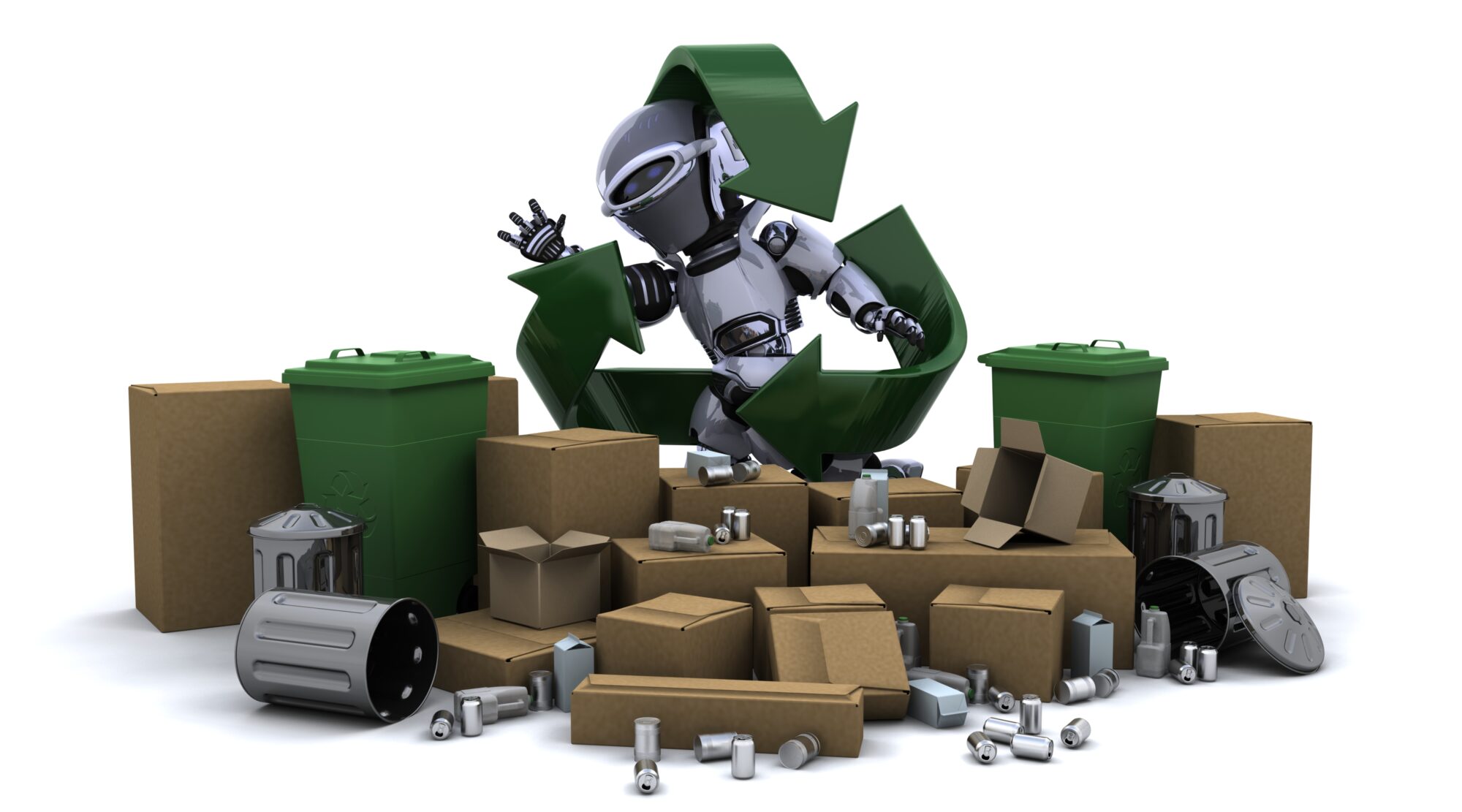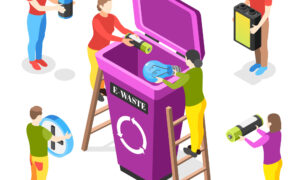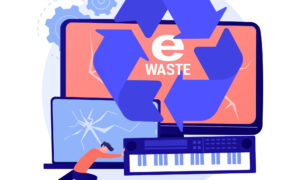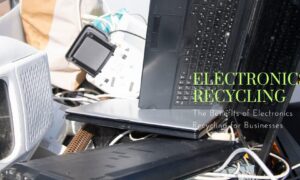The growing popularity of electronic toys for pets—ranging from automated laser pointers and robotic balls to treat-dispensing gadgets—reflects the expanding influence of smart technology in everyday life. These devices are designed to keep pets stimulated, reduce boredom, and offer entertainment when human interaction is limited. However, while e-toys provide clear benefits for pet welfare, their environmental consequences are often overlooked. As with many modern gadgets, their production, use, and disposal raise several concerns related to sustainability, waste generation, and resource consumption.
The Materials Behind the Fun
Electronic pet toys are composed of various materials, including plastic, rubber, metal, and embedded electronics. Internally, they often include small motors, microchips, sensors, LED lights, and batteries. The manufacturing of these components involves the extraction of raw materials such as copper, rare earth elements, and fossil fuel-based plastics, all of which carry a significant environmental cost.
Plastic, used extensively in the outer casing of most e-toys, contributes to long-term pollution. Even when the toy is small, the use of non-biodegradable materials means it can remain in the environment for decades if improperly discarded. Furthermore, the electronics within these toys—particularly the printed circuit boards and batteries—introduce toxic elements like lead, cadmium, and lithium into the waste stream if not responsibly handled.
Short Lifespans, Growing Waste
One of the main environmental challenges of e-toys for pets lies in their short life expectancy. Pets can be rough on their toys, and even the most robust electronic versions may succumb to chewing, water damage, or impact within a few months of use. Unlike traditional toys, these electronic variants are difficult or impossible to repair due to their compact construction and sealed designs.
As a result, many e-toys are treated as disposable. When a motor burns out or the battery no longer holds a charge, replacement parts are rarely available, and owners often opt to purchase a new device rather than attempt a fix. This cycle of rapid obsolescence leads to a growing volume of discarded e-toys that contribute to the broader e-waste problem.
Battery Usage and Disposal
Most electronic pet toys are powered by either replaceable or rechargeable batteries. While rechargeable lithium-ion batteries are more environmentally friendly during use, they still require careful disposal. Improperly discarded batteries can leak harmful substances into soil and water or pose fire risks when compacted with other waste materials.
Toys that use disposable batteries pose an even greater concern, particularly if users do not dispose of the used batteries through proper recycling channels. In many households, expired batteries are tossed in the trash, ending up in landfills where they degrade and potentially contaminate the surrounding environment.
Packaging and Carbon Footprint
Environmental impact doesn’t begin and end with the toy itself. The packaging of these devices often includes plastic clamshells, foam inserts, and laminated cardboard—all designed to attract consumer attention but typically non-recyclable. Additionally, many e-toys are imported, involving long-distance transportation that increases their carbon footprint. From factory to warehouse to doorstep, each logistical step adds to the environmental burden of these pet accessories.
Consumer Habits and Awareness
Pet owners are often unaware of the ecological consequences tied to electronic toys. The appeal of giving a pet something new or interactive can overshadow the importance of durability, repairability, and end-of-life management. Manufacturers rarely provide clear information about how to recycle these devices, and few offer take-back programs or environmentally conscious design alternatives.
Encouraging consumers to adopt more sustainable habits—such as choosing longer-lasting products, repairing when possible, or recycling components—is critical. Just as people have become more mindful about electronics in general, a similar awareness must extend to niche markets like pet tech.
Design Improvements and Industry Responsibility
There is growing potential for pet product manufacturers to adopt greener approaches. This could include the use of biodegradable materials for outer casings, modular construction for easier repair, and improved access to recycling channels. Transparency about material sourcing and environmental impact would also empower consumers to make informed choices.
Innovative companies can also consider producing multi-function e-toys, which may reduce the need to purchase multiple devices. Offering replaceable batteries or providing guidance on extending product life through proper maintenance can also make a difference.
Conclusion
E-toys for pets represent a blend of technological convenience and modern pet care, but they come with hidden environmental costs. From the resources used in their manufacture to the waste generated by their disposal, these gadgets contribute to broader sustainability concerns. As the pet tech industry grows, so does the need for more responsible design, production, and consumption practices. Both manufacturers and pet owners play essential roles in reducing the environmental footprint of these devices, ensuring that playtime doesn’t come at the planet’s expense.



































